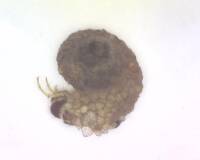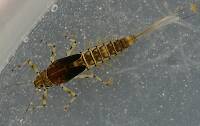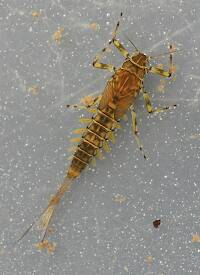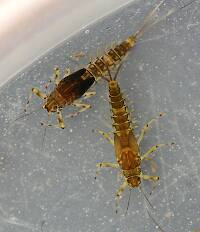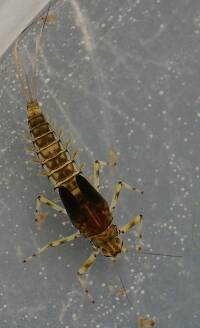
Hex Mayflies
Hexagenia limbata
The famous nocturnal Hex hatch of the Midwest (and a few other lucky locations) stirs to the surface mythically large brown trout that only touch streamers for the rest of the year.
Featured on the forum

Nymphs of this species were fairly common in late-winter kick net samples from the upper Yakima River. Although I could not find a key to species of Zapada nymphs, a revision of the Nemouridae family by Baumann (1975) includes the following helpful sentence: "2 cervical gills on each side of midline, 1 arising inside and 1 outside of lateral cervical sclerites, usually single and elongate, sometimes constricted but with 3 or 4 branches arising beyond gill base in Zapada cinctipes." This specimen clearly has the branches and is within the range of that species.

Troutnut is a project started in 2003 by salmonid ecologist Jason "Troutnut" Neuswanger to help anglers and
fly tyers unabashedly embrace the entomological side of the sport. Learn more about Troutnut or
support the project for an enhanced experience here.

This one has a neat iridescent sheen to its wings.
See the discussion for details on this fly's tentative ID.
See the discussion for details on this fly's tentative ID.
Taxon on Jun 5, 2007June 5th, 2007, 11:20 pm EDT
Jason-
That would be Chimarra, most likely C. aterrima, but it could also be either C. obscura or C. socia. Based on that neat black egg mass visible in the ventral view photo, it would also appear that it's a female.
That would be Chimarra, most likely C. aterrima, but it could also be either C. obscura or C. socia. Based on that neat black egg mass visible in the ventral view photo, it would also appear that it's a female.
GONZO on Jun 6, 2007June 6th, 2007, 4:08 am EDT
Although I have no handy key, there are good emergences of Chimarra in most of the medium-to-large Pocono streams in May. It is routine to see them clinging to the underside of low-hanging branches or woody debris along the streams.
Litobrancha on Jun 12, 2007June 12th, 2007, 8:09 am EDT
I don't think this is a philopotamid, which lay their eggs singly instead of in large masses....
It is hard to tell from the picture but I would guess it is Micrasema or Lepidostoma, possibly Helicopsyche.
It is hard to tell from the picture but I would guess it is Micrasema or Lepidostoma, possibly Helicopsyche.
Troutnut on Jun 12, 2007June 12th, 2007, 2:42 pm EDT
OK, I've moved it to Microsema for now.
Jason Neuswanger, Ph.D.
Troutnut and salmonid ecologist
Troutnut and salmonid ecologist
Taxon on Jun 13, 2007June 13th, 2007, 9:04 am EDT
Litobrancha on Jun 14, 2007June 14th, 2007, 2:55 am EDT
taxon i think they got that one right. kinda hard to tell from the pic though.
Creno on Dec 22, 2007December 22nd, 2007, 9:07 am EST
Folks - This one is indeed a difficult one. I would not conclude Micrasema because the photo shows too many spurs. And I would not conclude Philopotamid because of several characters, including the egg mass Litobrancha noted. How about Theliopsyche, a rarely collected Lepidostomatid? At least Theliopsyche has the furry spurs located as in the photos and a long basal antennal segment.
Creno on Dec 31, 2007December 31st, 2007, 2:43 am EST
Folks - while I still think this is probably Theliopsyche, there was a brief mention of egg masses in this topic. I just ran into a nice specimen of Apatania incerta with the round egg mass still attached. I was going to attach a photo but couldn't figure out how to do it.
Are there instructions/procedures for attaching critter photos or is it not allowed?
dave
Are there instructions/procedures for attaching critter photos or is it not allowed?
dave
Taxon on Dec 31, 2007December 31st, 2007, 4:37 am EST
Dave-
The (unassisted) manner of posting a photo is inserting the following markup language, except use braces rather than curly braces:
{img src=http://...whatever.jpg}
Of course, this requires that the photo already be hosted on a server.
Alternatively, if one emails photos to Jason, he will host them on this server, and create a posting for you including the accompanying email verbiage. However, since starting grad school, his response would probably be somewhat slower.
The (unassisted) manner of posting a photo is inserting the following markup language, except use braces rather than curly braces:
{img src=http://...whatever.jpg}
Of course, this requires that the photo already be hosted on a server.
Alternatively, if one emails photos to Jason, he will host them on this server, and create a posting for you including the accompanying email verbiage. However, since starting grad school, his response would probably be somewhat slower.
Creno on Dec 31, 2007December 31st, 2007, 5:08 am EST
Roger - thanks. I don't have server access and I understand the demands of grad school so I will leave the reader to their imagination. The egg mass of Apatania incerta is also spherical.
dave
dave
Taxon on Dec 31, 2007December 31st, 2007, 6:21 am EST
Dave-
There are free services like PhotoBucket, which you can use to host photos. I'd certainly like to see any critter photos you have, and I suspect there are others who would as well.
There are free services like PhotoBucket, which you can use to host photos. I'd certainly like to see any critter photos you have, and I suspect there are others who would as well.
Taxon on Dec 31, 2007December 31st, 2007, 9:25 am EST
Quick Reply
Related Discussions
Topic
Replies
Last Reply
1
Mar 29, 2009
by Taxon
by Taxon
18
Jul 31, 2011
by Entoman
by Entoman
9
Apr 30, 2013
by Oldredbarn
by Oldredbarn
Re: Happy Memorial Day to my fellow Troutnuts with wildflowers from my front yard 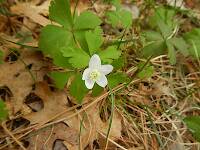
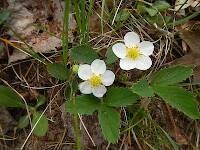
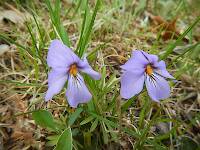
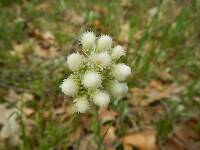
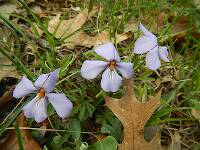
In the Photography Board by Jmd123
+ 1





In the Photography Board by Jmd123
4
May 30, 2020
by Martinlf
by Martinlf
7
Dec 19, 2016
by Clark2016
by Clark2016






